EVN cuts cost to help slow price rise
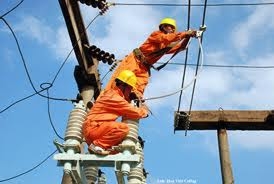 The cost cutting measure was included in an agreement which was sealed on February 21 between the EVN General Director and leaders of its member enterprises. The agreement also embraces their efforts to save electricity and reduce power losses.
The cost cutting measure was included in an agreement which was sealed on February 21 between the EVN General Director and leaders of its member enterprises. The agreement also embraces their efforts to save electricity and reduce power losses.
Addressing the signing ceremony, Finance Minister Vuong Dinh Hue said this is a measure to reduce price acceleration pressures.
The Government is determined to manage prices according to the market, he explained. Electricity prices will continue to rise to make up for production costs because the Government cannot offer subsidies forever.
A 5 per cent rise in electricity prices would push the CPI (consumer price index) up by 0.37 per cent, he added.
"With this action, EVN is sharing difficulties with the Government and the business community," he said.
The primary method that EVN intends to use to decrease production costs is to save the amount of electricity that is consumed by 1 per cent, equivalent to 1 billion kWh. This change will reduce costs by VND1.3 trillion ($62 million).
EVN's member enterprises will have to cooperate with local authorities to persuade households and businesses to save power. They will continue encouraging people to use compact light bulbs and electric appliances with "energy saving" labels.
Users of solar-powered devices to boil water will receive 1 million VND ($47) in support from the corporation. About 30,000 devices are estimated to be in use.
The Finance Minister also urged the sector to cut its own expenses on materials, services, stationery, seminars and others items will therefore be lowered by 5 per cent. The corporation also plans to cut its own use of electricity by 0.2 per cent for production, transmission and distribution.
To meet the target, EVN asked its member enterprises to prepare electricity provision projects for this year, including safely operating the North-South 500kV national grid, putting new turbines into operation and completing key electric transmission and distribution works as scheduled.
Improving the grid network in rural areas to reduce power losses by 5 per cent to 15 per cent is another measure.
What the stars mean:
★ Poor ★ ★ Promising ★★★ Good ★★★★ Very good ★★★★★ Exceptional
 Tag:
Tag:
Related Contents
Latest News
More News
- How Masan employs dealmaking to build its consumer-retail platform (November 25, 2024 | 16:00)
- Kim Oanh Group: reaching out internationally (November 25, 2024 | 15:35)
- Takeda’s partnerships to deliver innovative medicine and vaccines (November 25, 2024 | 14:00)
- New SABECO R&D brewery to foster employee creativity (November 25, 2024 | 13:00)
- Operators embark on 5G services (November 25, 2024 | 12:00)
- Automating ports with 5G (November 25, 2024 | 10:41)
- Transforming accountancy with sustainability and ESG leadership (November 23, 2024 | 09:00)
- Vietnamese agricultural goods make Chinese e-commerce debut (November 22, 2024 | 20:04)
- Vietnam National Assembly adopts amended Law on Pharmacy (November 22, 2024 | 19:09)
- Power of partnerships: 30 years of Bayer in Vietnam (November 22, 2024 | 15:34)








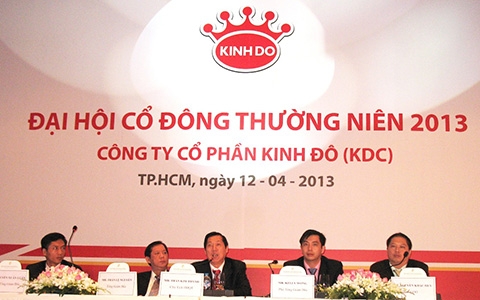



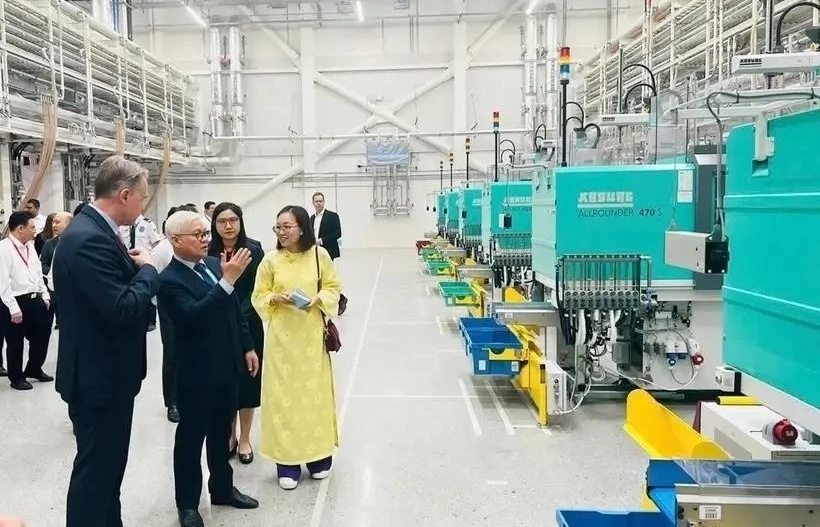
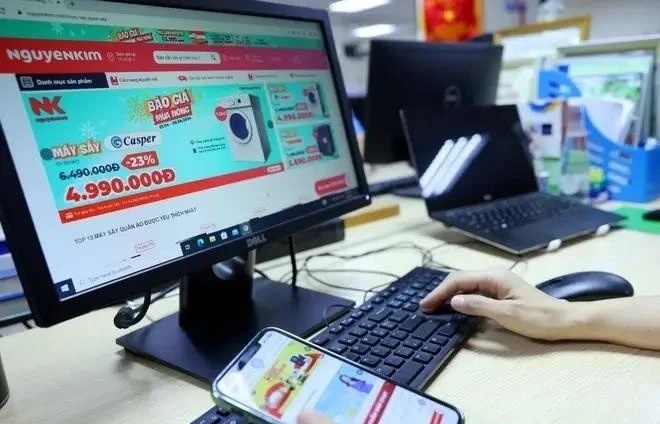
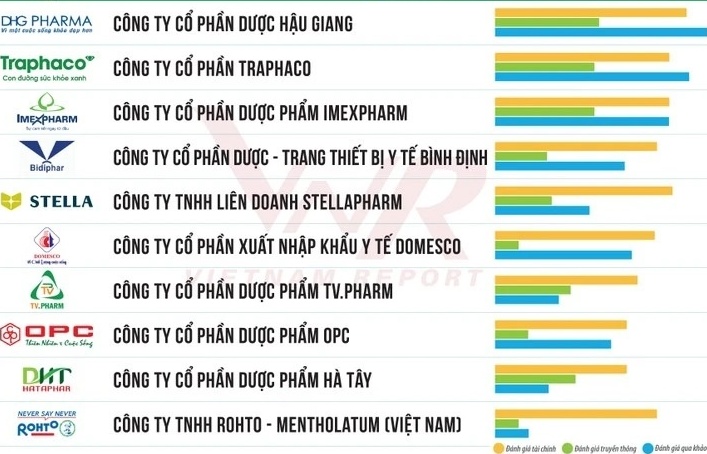





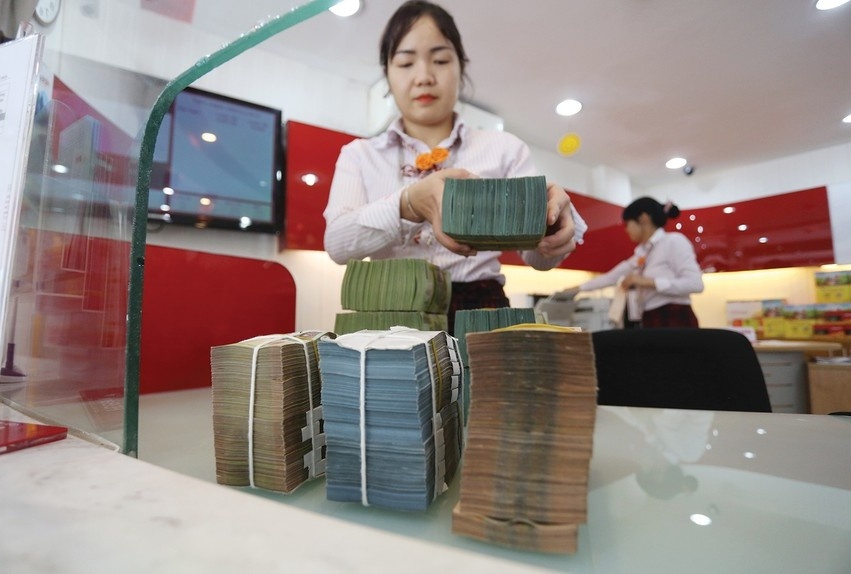
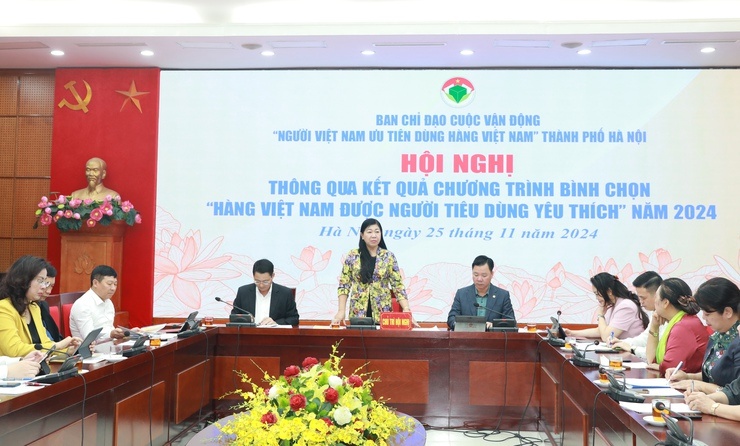




 Mobile Version
Mobile Version